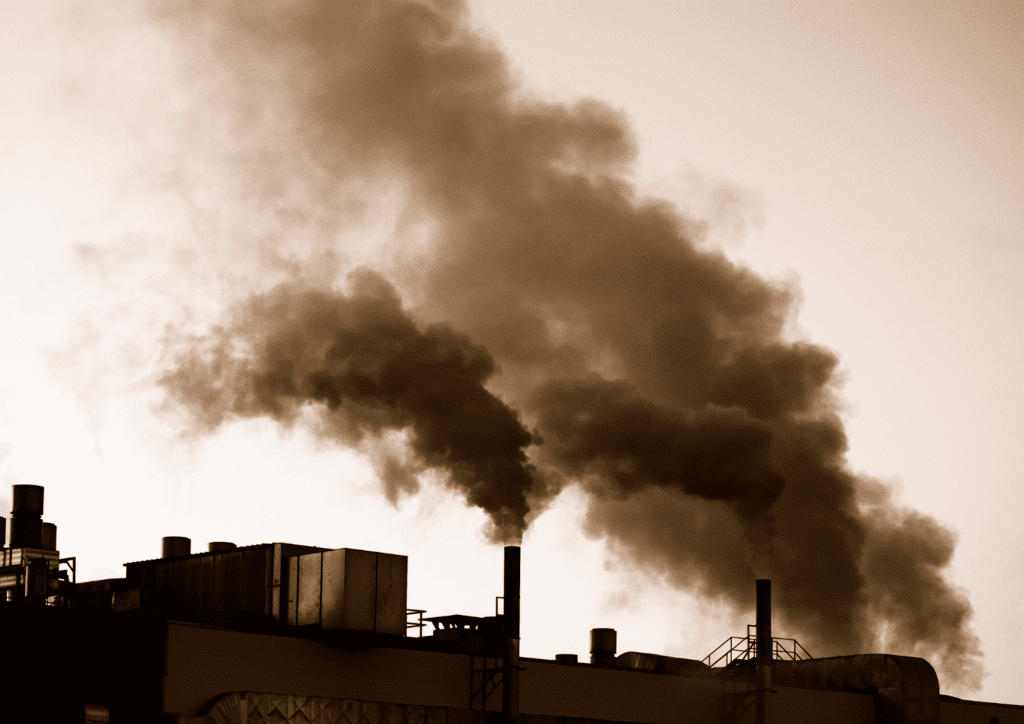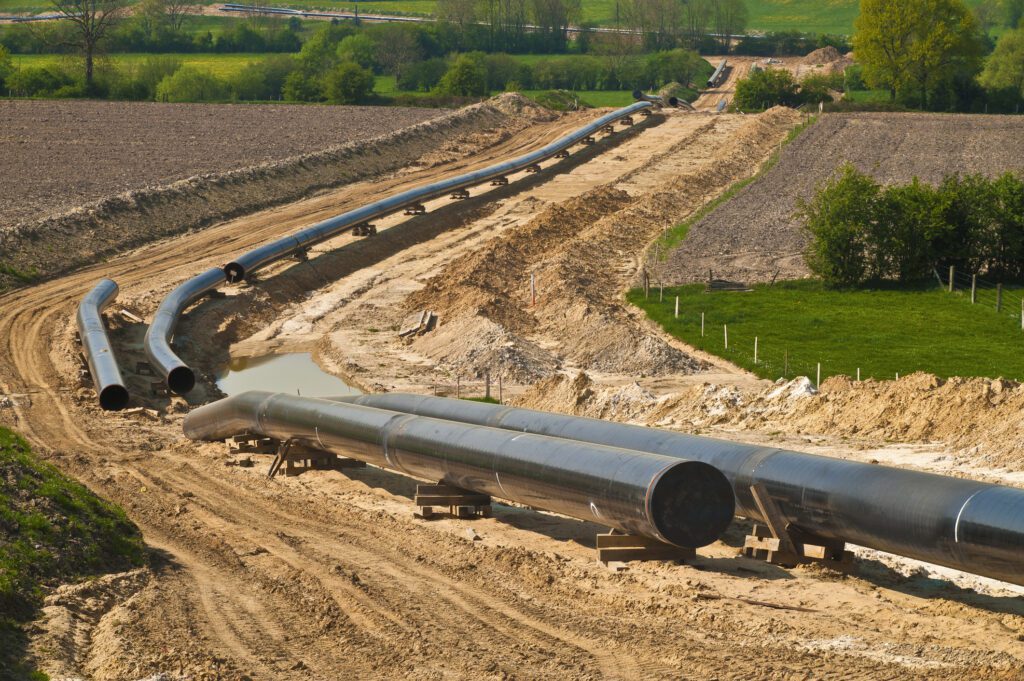For immediate release: June 25, 2025
INTERNATIONAL INSTITUTE FOR SUSTAINABLE DEVELOPMENT (IISD), ENVIRONMENTAL DEFENCE
Canada’s oil and gas growth could backfire—study finds billions in oil and gas investment at risk as global demand declines
Up to 66% of future capital investments in Canadian oil and gas projects are in danger of becoming stranded.
FOR IMMEDIATE RELEASE: Toronto/Winnipeg, June 25, 2025 — A new report released today by the International Institute for Sustainable Development and Environmental Defence warns that Canada’s continued expansion of oil and gas production risks stranding billions in future investment as the world accelerates its shift to cleaner energy.
Canada’s oil and gas industry is highly exposed to shifting international markets, with 81% of its oil and 44% of its gas exported abroad. This report reveals the extent to which new Canadian production is vulnerable to weakening international demand, rising competition, and trade disruptions, putting industry investments and government revenues at risk.
Using data from the International Energy Agency and global oil and gas market modelling by Rystad Energy, the report finds that
- Up to 66% of future capital investments in Canadian oil and gas projects (2025–2040) are at risk of becoming stranded in uncompetitive projects under a 1.5°C climate scenario.
- This percentage of stranded investments could be even higher in a world where carbon capture and storage technologies underperform.
- Under announced climate policies, including existing net-zero pledges, the share of stranded forecasted investments (2025-2040) is 39%.
- Even under current policies, new and existing oil and gas projects in Canada are at risk of deflated returns.
“The more Canadian supply outpaces global demand, the greater the financial risk to investors, governments, and workers,” said Steven Haig, Policy Advisor for IISD. “We need to stop thinking of oil and gas expansion as a safe bet for Canada’s economy because it is quickly becoming the opposite.”
The report also highlights that Canadian oil is expensive compared to other international producers, while Canadian gas faces growing market access challenges. Export routes rely heavily on trade with the United States, which is increasingly subject to geopolitical risk, or expensive new liquefaction terminals, which are only viable in the unlikely scenario that long-term demand and prices remain high.
“Canadian governments must rethink what real leadership looks like in the energy sector,” said Aly Hyder Ali, Program Manager (Oil and Gas) at Environmental Defence. “As the world continues to move away from fossil fuels, the most strategic move is not to expand oil and gas, but to manage its decline while investing in renewable energy.”
Policy options to reduce risk
The report lays out two complementary approaches that could protect the value of Canada’s oil and gas industry during the global clean energy transition:
- restricting new oil and gas production projects to avoid overinvestment and overproduction
- working with international partners to coordinate reductions in global oil and gas supply.
Modelling suggests these approaches could reduce stranded asset risk, increase public revenues, and help stabilize the value of remaining production, especially if the global energy transition accelerates.
“It may seem counterintuitive, but limiting new development could actually safeguard what we already have,” said Haig. “It’s about protecting the value of the sector from an overbuild that leaves future projects unprofitable.”
A call for strategic planning
The report urges Canadian governments, regulators, and financial institutions to take these risks seriously. It also calls for stronger alignment between domestic policy and international climate goals, noting that past investments, particularly those in long-lived infrastructure, may already be facing diminished returns.
“Business-as-usual investment in oil and gas production is out of line with the future global energy market,” said Ali. “The sooner we shift course, the better positioned we’ll be to protect workers, communities, and public revenues.”
Download the full report here: [https://www.iisd.org/publications/report/canada-oil-gas-clean-energy-transition]
Media Backgrounder [https://environmentaldefence.ca/report/canadian-oil-and-gas-production-in-the-global-clean-energy-transition-outlook-and-economic-risks/]
Media contact:
For IISD: Trish Tervit, trish.tervit@iisd.net
For Environmental Defence: Midhat Moini, media@environmentaldefence.ca
About IISD
The International Institute for Sustainable Development (IISD) is an award-winning independent think tank working to accelerate solutions for a stable climate, sustainable resource management, and fair economies. Our work inspires better decisions and sparks meaningful action to help people and the planet thrive. We shine a light on what can be achieved when governments, businesses, non-profits, and communities come together. IISD’s staff of more than 250 experts come from across the globe and from many disciplines. With offices in Winnipeg, Geneva, Ottawa, and Toronto, our work affects lives in nearly 100 countries.
About Environmental Defence
Environmental Defence is a leading Canadian environmental advocacy organization that works with government, industry, and individuals to defend clean water, a safe climate, and healthy communities.







